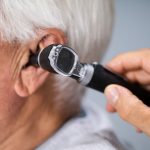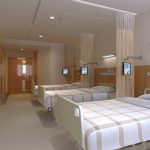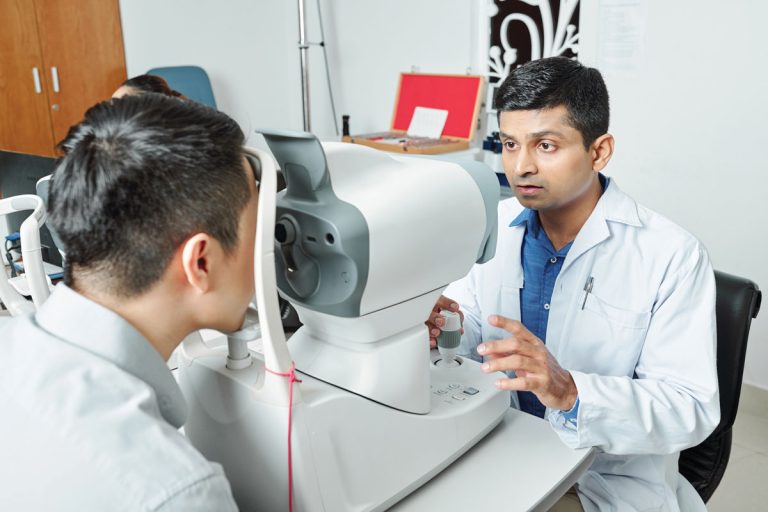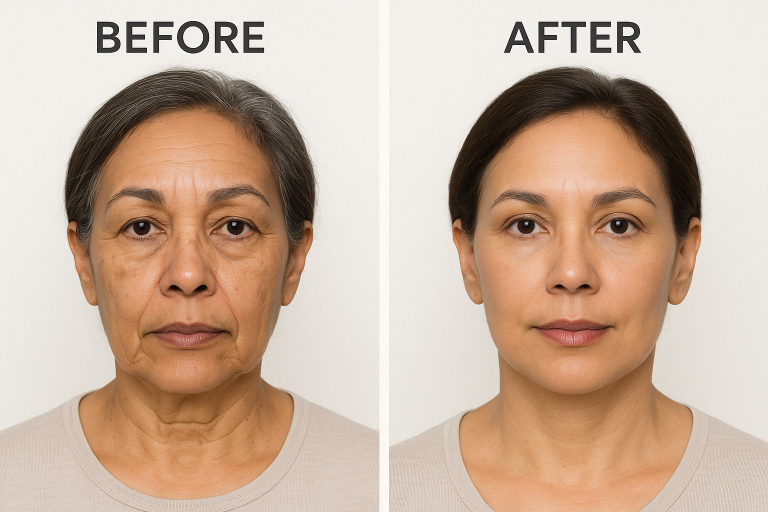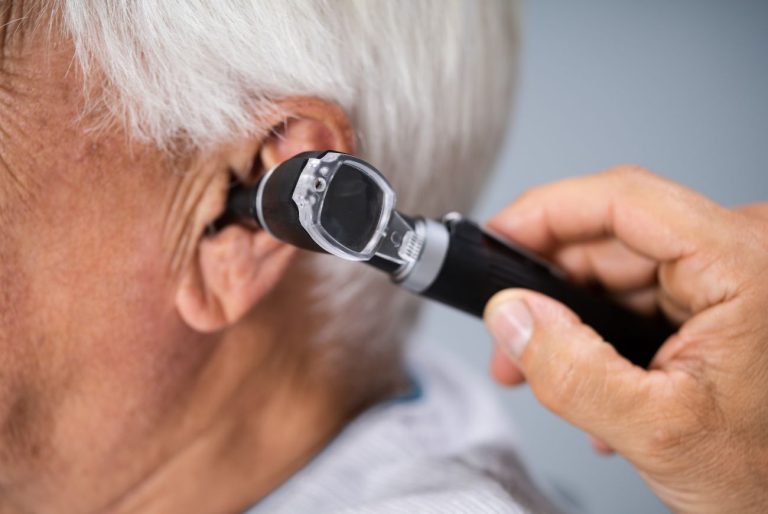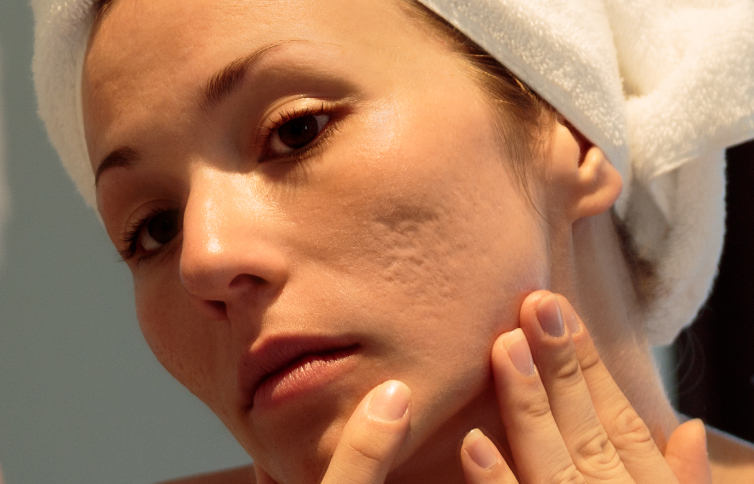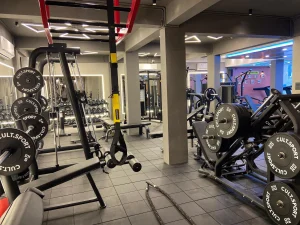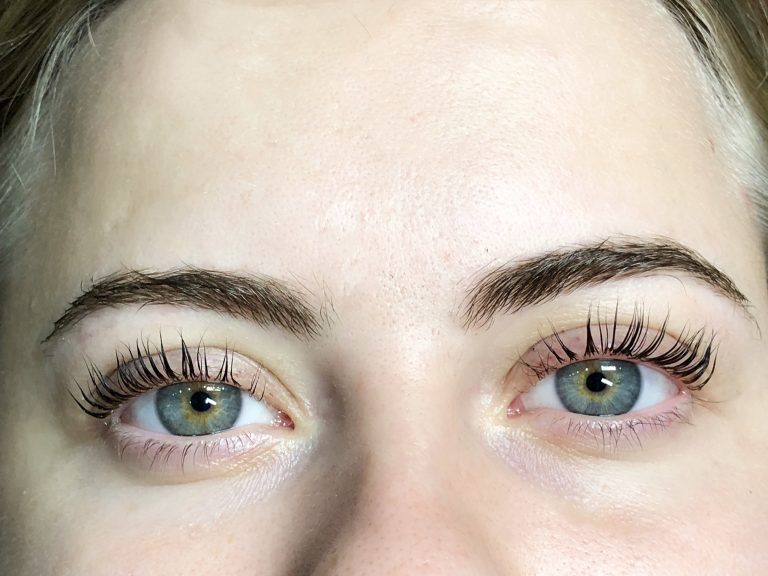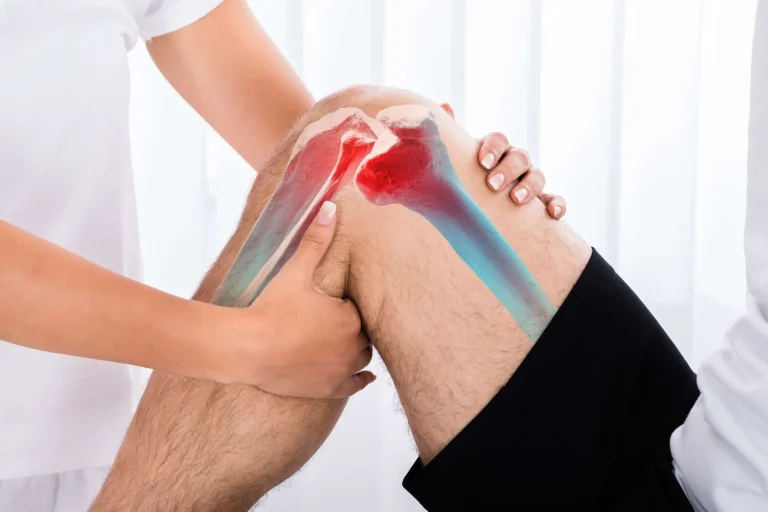Thoughtful control of every detail inside a space guarantees the safety of patients in high-risk settings such as mental health facilities, correctional centers, and rehabilitation units. Controlling the risk of self-harm posed by daily items including televisions is therefore essential in designing suicide-safe environments. Although TVs might be helpful, they ought to be locked right to stop abuse. One of the most efficient ways to achieve this is by the installation of ligature resistant TV enclosures.
Necessary Safety Features
Facilities dedicated to suicide prevention have to utilize tools meant to eliminate any risks. From cables to sharp edges and exposed parts, standard TV configurations offer many hazards. Ligature resistance solutions tackle these risks with particular design features improving general room safety:
- Materials resistant to impact stop damage or manipulation.
- Angled and curved surfaces remove ligature points.
- Safe ventilation keeps internal components less exposed.
- Shatterproof viewing windows to prevent damage from breaking glass
- Flush wall installation with no gaps or areas for hiding
Including these elements helps ligature-resistant TV enclosures to offer a necessary layer of protection, hence enabling staff to keep a stable and safe atmosphere.
Ligature-Resistant TV Enclosures Function
Strategically located in patient rooms, communal areas, and surveillance zones, these enclosures help to safely operate the facility by greatly lowering one of the most frequent yet preventable risks. Knowing that important risk factors have been properly controlled helps staff to concentrate more on delivering care.
In the larger picture of facility safety ligature resistant TV enclosures are not just protective tools but also indicators of a facility’s commitment to care and attentiveness. These enclosures let patients securely reach television, which can be quite important for therapy, distraction, and relaxation. Their architecture guarantees that this access does not come at the expense of higher danger.

Proactive Building Design
Designing a suicide-safe setting calls for predicting rather than just reacting to hazards. Proactive facility design begins with a thorough knowledge of possible hazards and a dedication to including safety elements from the ground up. These covers choosing equipment, fixtures, and ligature-resistant furniture, all meant to reduce chances for harm. Architects and facility managers have to make sure every element of the room serves both functional and protective goals while designing areas. Choosing ligature-resistant TV enclosures should be done with other safety-oriented components in mind to create a consistent, carefully considered environment that encourages recovery and protects against risk.
Encouraging Safe Interaction
In patient care, television frequently serves as therapy. It can be a tool for good distraction, aid to lower tension, and offer routine. But the television itself must not create new hazards if it is to gain this advantage. That’s why it’s so crucial to have suitable enclosures for TVs.
These safety-oriented enclosures let patients engage with their surroundings in a controlled, safe way. Rather than banning access to entertainment totally, institutions might provide a fair approach offering comfort and involvement while keeping a protective environment. Including ligature-resistant TV casings goes beyond just fulfilling legal requirements. To give safety, dignity, and care first priority in every facet of facility management is an intentional decision.




